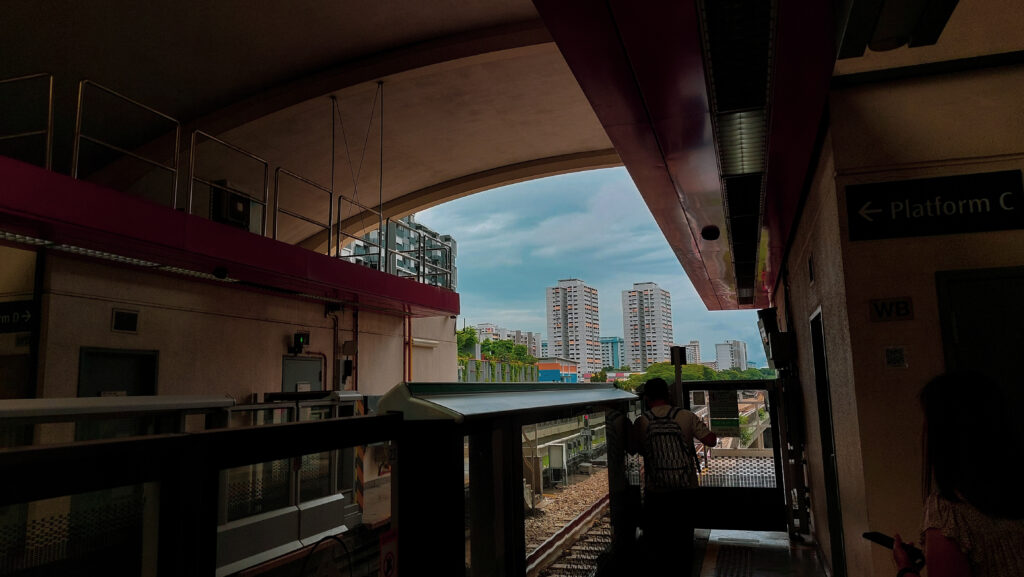Learn about the basics of Singaporean real-estate from a newfound perspective, all thanks to Alyssa’s Lenses!
Singapore is one of the most densely populated cities in the world. Dating back to the past, it originated as a port city where essential trade activities in the Southeast Asia region took place. Today it hasn’t been less crowded, and it became a place for people hailing from different backgrounds to settle and call the island ‘home’.


Accommodating such a large population was a challenge for the government. In the past, like in many other countries, most people lived in landed homes. There is this one landed homes in the city that is affectionately named ‘Peranakan House’. Built from 1840 to the 1960s, Peranakan House is one of the remnants of Singapore’s housing history.


Meanwhile, the less developed areas in Singapore were homes to squatter settlements and slums. Residents used to live in semi-permanent houses built of hardwood planks and palm or zinc roofs. This kind of dwelling is referred to as “attap house”, much like the traditional houses in the rural areas of Indonesia or Malaysia. Back in 1960, only 9% of the residents lived in government flats. This proved to be a housing crisis for the country, as a huge chunk of the population had to bear living in unhygienic slums. The crowded settlements also possessed risks to safety. The attap house was never the best solution to the growing population. A huge fire broke out in 1961 and destroyed a whole settlement in the southern part of the island. The event – now referred to as “Bukit Ho Swee Fire” – became one of the pivotal moments in the massive development of vertical housing in Singapore. The Housing and Development Board (HDB) took charge by offering replacement flats to the affected residents, while aggressively developing flats in other areas as well




Although HDB flats were mostly built in a uniform manner and are meant to be a practical housing solution, they have become an integral part of Singaporean culture and a starting place of love, hope, and dreams for the residents. In fact, they have become a landmark of Singaporean life.

Another housing option is the condominiums, usually perceived as an option for the more affluent. They are privately built and often include integrated amenities for their residents such as swimming pools and fitness centres. In the yesteryears, a condominium unit was seen as one of the 5Cs of the idiomatic Singaporean Dream – the other Cs being cash, credit card, car ownership, and country club membership. However, this concept has become less pronounced in modern society.

So, what kind of home do you aspire to live in? Most importantly, how do you define “home”? For some, home is where the heart is. While for others, home is not a place – it’s about who you’re sharing the space with. Anything and anywhere it should be, I wish your home brings you joy, safety, and a feeling of belonging.
References:
- https://www.hdb.gov.sg/about-us/history
- https://www.ura.gov.sg/Corporate/Get-Involved/Conserve-Built-Heritage/Explore-Our-Built-Heritage/The-Shophouse

Created by: Alyssa Chiara
When not studying or working on her day job, Alyssa has been an avid solo traveller with a minimum budget and time, which explains why she enjoys being a tourist in the cities where she happens to live. She prefers hanging out in local libraries or kopitiams instead of Orchard Road.

keren bangetttt saya suka saya suka